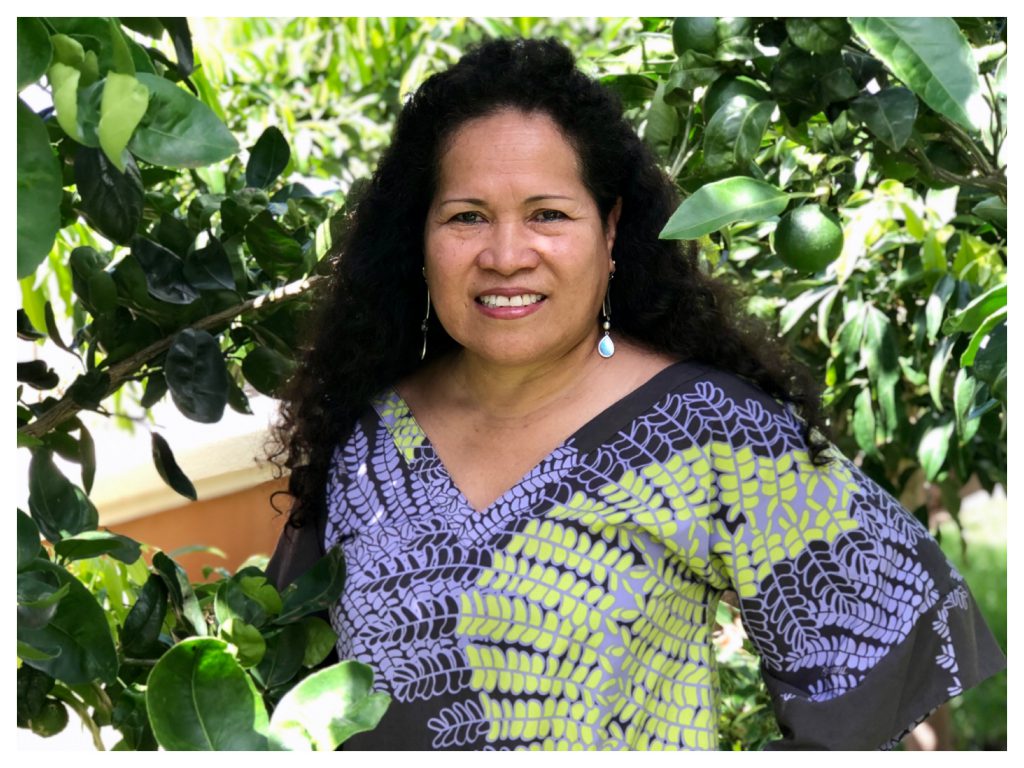By A. Haiosi
Lilomaiava-Doktor takes the approach to migration and transnationalism of our Pacific very similarly to that of scholar Epeli Hau’ofa. She defines transnationalism as a movement that significantly focuses on materialistic items and the flow of profit in exchange. Making it clear that the globalisation of transnationalism and the relationship between nations have been, for a very long time, market economic based. Lilomaiava-Doktor maintains that we have entered an era where ‘transmigrants’ (Lilomaiava-Doktor, 2009) no longer absorb the dominant culture but rather use knowledge of indigenous practices and habits of new environments to contextualise these social interactions.


She points out that a prime example is the maintenance of sibling-like relationships. The concept of Pacific sibling-like relationships is a matter of tautua (acts of service). The relationship isn’t distinctive by the physical distance or the linking of biological components but is defined by the acts of service. The connection through this reinforces the importance that service holds to every aiga and to the concept of fa’asamoa. The bond of such relationships is not always a direct brother-to-sister biological component but is also established through cousin familiarity. Without the formal matai (high chief) system, the concept of tautua (Lee & Morton, 2009)is heightened within these relationships. These systems are correlated in smaller functions, with the oldest sibling of families usually taking the head position. This is common within Samoan immigrant families in Australia and New Zealand and translates to many first-generation migrant families.

Tautua or service is still a critical practice even for families outside of Samoa (Lee & Morton, 2009). This service is still fulfilled, especially at social functions like weddings or funerals in the form of fa’alavelave (acts of exchanging gifts) (Lee & Morton, 2009). The financial act of giving and exchanging gifts puts forward a status of power and worth but also acknowledges a shifting of understanding across generations (Lilomaiava-Doktor, 2009). Lilomaiava-Doktor uses these shining examples to demonstrate the transnationalism of Samoan practices in a modern, Western society context. How it is changed and adapted to its environment while keeping the prominence and tradition of such practises. The critical aspects of the traditions are kept alive, and the importance of familial understanding is abundant.

Demonstrating fa’alavelave and tautua through familiar relationships is the way of fa’asamoa (the way of Samoan life). However, it is also used as an aspect of multidimensional understanding into the inauguration of known indigenous practices in unknown indigenous spaces. The whole concept of migration is based on a need rather than a want to leave one’s home, but Lilomaiava-Doktor demonstrates how it has become a new facet of relearning culture and broadening the minds of the Pacific (Lilomaiava-Doktor, 2009). As I referred to Epeli Hau’ofa initially, he used the vastness of our oceans as a metaphor for our togetherness. In essence, Lilomaiava-Doktor establishes that the movement of our people is not only relevant in a physical nature but translates to a need for financial gain. It is essential to fulfil the nourishment of aiga (family) and indigenous practices to thrive within ourselves in environments of differences. She argues that the movement of our people should be considered essential to the growth of ourselves – as the exchange of items across nations fulfils a relationship which resonates with the ever-growing populism of discovery in self-fulfilment.
Bibliography
Lilomaiava-Doktor, S. (2009) Samoan Transnationalism: Cultivating ‘Home’ and ‘Reach.’ In H. Lee & S. T. Francis (Eds.), Migration and Transnationalism: Pacific Perspectives (pp. 57-71). ANU E Press. https://library.oapen.org/viewer/web/viewer.html?file=/bitstream/handle/20.500.12657/33689/459370.pdf?sequence=1&isAllowed=y.
Lilomaiava-Doktor, S. (2009). Beyond “Migration”: Samoan Population Movement (Malaga) and the Geography of Social Space (Vā). The Contemporary Pacific, 21(1), 1-32. https://www.jstor.org/stable/23724742
Bennett, J. A. (2015). Oceanian journeys and sojourns. Otago University Press. https://searchworks.stanford.edu/view/13044819
Hau’ofa, E. (1994). Our Sea of Islands. The Contemporary Pacific, 6(1), 148–161. http://www.jstor.org/stable/23701593
Images
Tengan, Ty, P, K,. & Roy, L, M,. (2014). [Photograph of Kahu Mikahala Roy sharing stores with Tevita Ka’ili, Lisa Uperesa, Kalaniopua Young, Jacob Fitisemanu, Sa’ililemanu Lilomaiava-Doktor, and Andrian Bell], Kamakahonu, Hawaii, https://www.researchgate.net/figure/Kahu-Mikahala-Roy-standing-shares-stories-at-Kamakahonu-with-left-to-right-sitting_fig3_268079589
Service, National, Park,. (2017) [Photograph of village matai meeting inside a fale (house)], American Samoa. https://www.nps.gov/articles/samoa.htm
Godfrey, D,. (2017). [Photographs of members of the inquiry consultations], Samoa. https://www.rnz.co.nz/international/pacific-news/366866/samoa-domestic-violence-inquiry-seeks-to-lift-veil-of-silence
Moffitt, N,. (2022). [Photograph of traditional Samoan ceremony presentation of fa’alavelave (acts of exchanging gifts), presentation of the ‘ie toga (fine mats)], Samoa. https://www.ecomagazine.com/in-depth/national-marine-sanctuary-of-american-samoa-resilient-despite-climate-change

Leave a comment